The Quokka A Comprehensive Guide
Often hailed as “the happiest animal in the world,” the quokka Setonix brachyurus is a small macropod native to Western Australia. This endearing marsupial has captured the hearts of people worldwide thanks to its seemingly perpetual smile and approachable nature. However, behind that cute exterior lies a fascinating creature with a unique evolutionary history, complex social behaviours, and an important role within its ecosystem. This article delves into the world of the quokka, exploring its biology, habitat, behaviour, and conservation status.
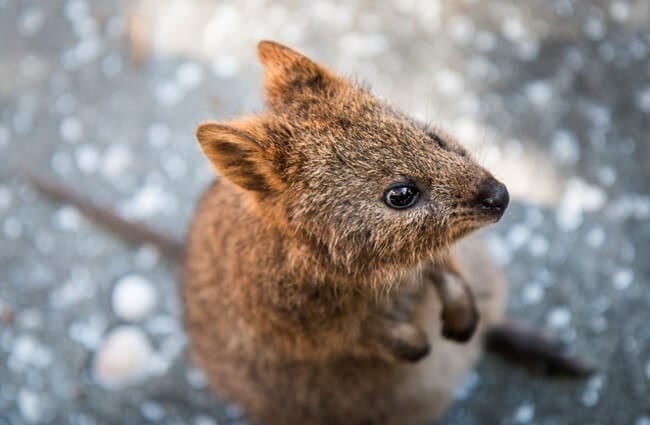
Understanding the Quokka
Physical Characteristics
Quokkas are relatively small, stocky marsupials, averaging around 40 to 54 centimetres in length, with a short tail of 25 to 30 centimetres. Adults typically weigh between 2.5 to 5 kilograms. Their fur is a coarse, greyish-brown colour, providing camouflage within their preferred habitats. They possess strong hind legs, adapted for hopping, and dexterous front paws, enabling them to grasp and manipulate food. A key identifier is their small, round ears and the characteristic “smile” created by the natural shape of their mouth.
Habitat and Distribution
The quokka’s distribution is primarily confined to the southwestern corner of Western Australia, particularly Rottnest Island and Bald Island. Small, scattered populations also exist in isolated areas of the mainland, within forests and woodlands. They prefer areas with dense undergrowth and access to fresh water. Rottnest Island, with its abundant vegetation and relatively predator-free environment, supports the largest and most stable quokka population.
Evolutionary History
Quokkas belong to the macropod family, which includes kangaroos and wallabies. Fossil evidence suggests that macropods originated around 25 million years ago. The quokka lineage likely diverged from other macropods several million years ago, adapting to a more restricted range and a diet focused on vegetation. Their relatively small size and specialized habitat preferences have contributed to their unique evolutionary path.
Quokka Behaviour and Ecology
Diet and Feeding Habits
Quokkas are primarily herbivores, feeding on a variety of grasses, leaves, stems, and bark. They have a preference for fresh, succulent vegetation but will also consume less palatable plants when necessary. They obtain most of their water from the plants they eat but will drink from freshwater sources when available. Quokkas store fat in their hindquarters, which serve as an energy reserve during times of scarcity.
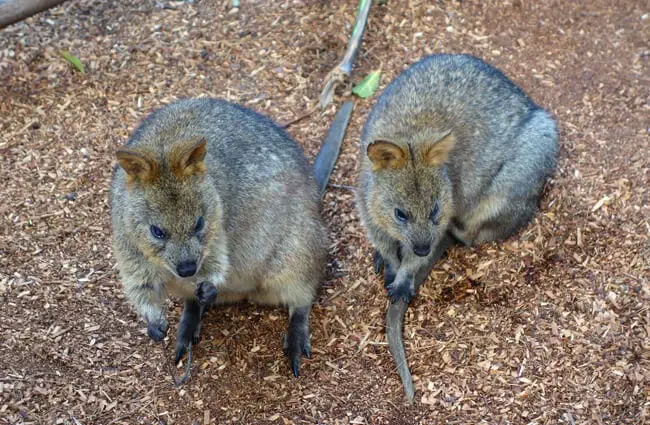
Social Structure and Reproduction
Quokkas are generally social animals that live in small groups, especially during the breeding season. The breeding season typically occurs from March to August. Females can produce up to three young, known as joeys, per year. Joeys are born underdeveloped and spend approximately six months developing in their mother’s pouch. After leaving the pouch, joeys will continue to suckle from their mother for several months.
Interactions with Other Animals
Quokkas share their habitat with a variety of other animals, including kangaroos, wallabies, bandicoots, and various bird species. They play an important role in their ecosystem by dispersing seeds and contributing to nutrient cycling. Predators of the quokka include dingoes, foxes, cats, and birds of prey. On Rottnest Island, the absence of these predators has allowed the quokka population to thrive.
Quokkas and Humans
Conservation Status and Threats
The quokka is currently listed as vulnerable by the International Union for Conservation of Nature (IUCN). The main threats to their survival include habitat loss, predation by introduced species, and climate change. Conservation efforts are focused on protecting and restoring their habitat, controlling introduced predators, and monitoring population trends.

Responsible Interaction
While quokkas are known for their friendly demeanour, it is crucial to remember that they are wild animals. Approaching, feeding, or touching quokkas is strongly discouraged. Human food can be harmful to their health, and close contact can stress them and disrupt their natural behaviours. Observing them from a respectful distance is the best way to appreciate these amazing creatures.
Quokkas in Popular Culture
The quokka’s endearing appearance has made it a popular subject for photographs and videos, particularly on social media. Its “smiling” face has earned it the nickname “the happiest animal in the world.” This increased exposure has helped raise awareness about its conservation status and the importance of protecting its habitat.
Deeper Dive for Aspiring Zoologists
Physiological Adaptations
Quokkas exhibit several physiological adaptations that enable them to survive in their environment. They have a slow metabolic rate, which allows them to conserve energy during times of food scarcity. Their kidneys are highly efficient at conserving water, enabling them to thrive in arid environments. Their digestive system is adapted to process tough vegetation, extracting maximum nutrients from their diet.

Genetic Diversity and Population Genetics
Recent studies have focused on assessing the genetic diversity within quokka populations. These studies are crucial for understanding the long‑term viability of the species and for guiding conservation efforts. Maintaining genetic diversity is essential for ensuring that quokkas can adapt to changing environmental conditions. Research suggests that populations on Rottnest Island and the mainland may be genetically distinct, highlighting the importance of protecting both groups.
Zookeeping Considerations
For zookeepers caring for quokkas in captivity, providing a stimulating and naturalistic environment is paramount. This includes offering a diverse range of vegetation for foraging, providing opportunities for social interaction, and maintaining strict hygiene standards. It’s crucial to mimic their natural diet as closely as possible and to monitor their health closely for any signs of stress or illness. Enrichment activities, such as puzzle feeders and scent trails, can help stimulate their minds and prevent boredom.
Encountering a Quokka in the Wild
If you are fortunate enough to encounter a quokka in the wild, maintain a respectful distance and observe it from afar. Avoid approaching, feeding, or touching it. Do not attempt to take selfies with the animal, as this can stress it and disrupt its natural behaviours. Remember that it is a wild animal and should be treated with respect.
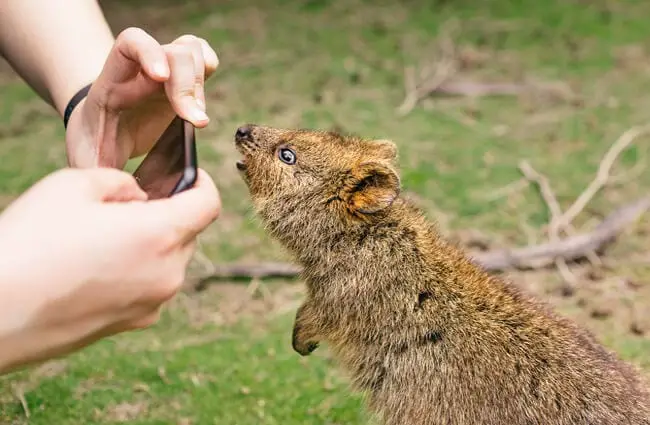
Concluding Thoughts
The quokka is a truly remarkable creature, a symbol of the unique biodiversity of Western Australia. Its endearing appearance and friendly demeanour have captured the hearts of people worldwide, but it is important to remember that it is a vulnerable species facing numerous threats. By understanding its biology, behaviour, and conservation status, we can all play a role in ensuring its survival for generations to come.

![Red Angus Closeup of a beautiful Red Angus cowPhoto by: U.S. Department of Agriculture [pubic domain]https://creativecommons.org/licenses/by/2.0/](https://animals.net/wp-content/uploads/2020/03/Red-Angus-4-238x178.jpg)


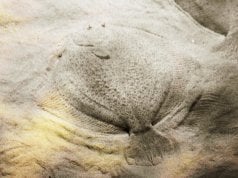
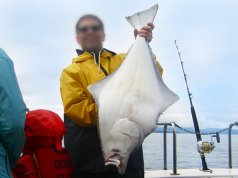
![Red Angus Closeup of a beautiful Red Angus cowPhoto by: U.S. Department of Agriculture [pubic domain]https://creativecommons.org/licenses/by/2.0/](https://animals.net/wp-content/uploads/2020/03/Red-Angus-4-100x75.jpg)

